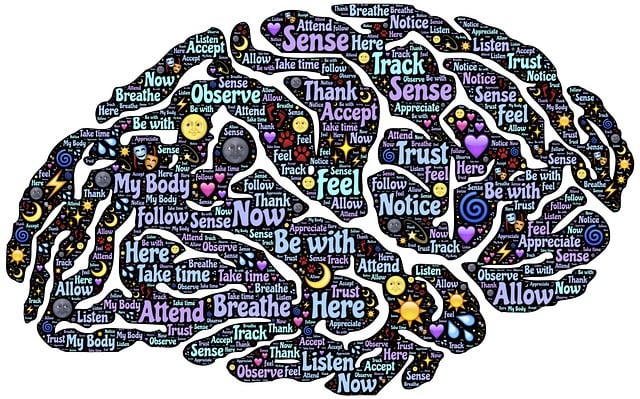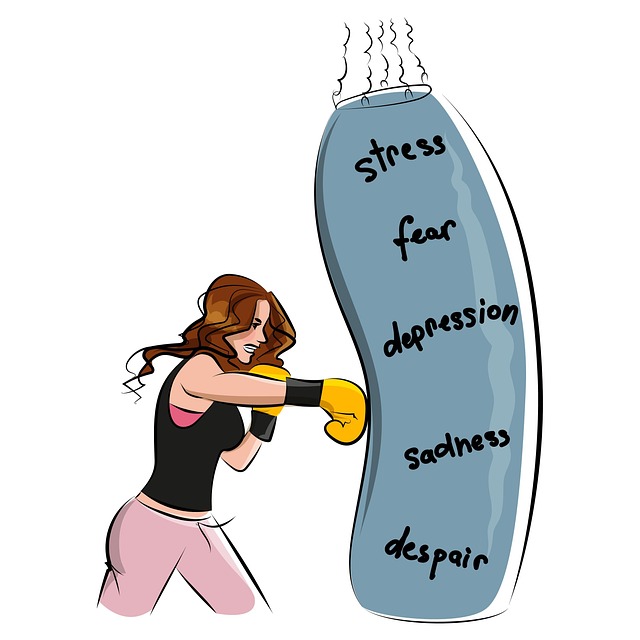Greenwood Village Blended Families Therapy focuses on mitigating risks within complex family dynamics by fostering open communication, promoting mental health awareness, and developing tailored harm minimization strategies. Through regular risk assessments, structured plans, therapy sessions, and community outreach, they empower blended families to navigate challenges, strengthen bonds, and thrive. This holistic approach prioritizes the emotional well-being of both parents and children, ensuring a safe and healthy co-parenting environment in Greenwood Village.
In Greenwood Village, blended families often face unique challenges that require robust risk assessment and harm minimization planning. This article explores essential strategies for navigating potential hazards within these dynamic family structures. We delve into understanding risk assessment, identifying specific threats, and implementing effective mitigation tactics to protect and support family dynamics. Through a comprehensive plan and ongoing review, therapists can foster safe and healthy co-parenting environments tailored to Greenwood Village’s therapeutic needs.
- Understanding Risk Assessment: Identifying Potential Hazards in Greenwood Village Blended Families
- Harm Minimization Strategies: Protecting and Supporting Family Dynamics
- Creating a Comprehensive Plan: Steps Towards Safe and Healthy Co-parenting
- Implementation and Ongoing Review: Ensuring Adaptability in Greenwood Village Therapy Settings
Understanding Risk Assessment: Identifying Potential Hazards in Greenwood Village Blended Families

Understanding Risk Assessment involves recognizing and evaluating potential hazards within Greenwood Village blended families. This process is crucial in identifying factors that could cause harm to family members, especially children and step-parents navigating a new dynamic. Therapy for Greenwood Village blended families plays a pivotal role in this assessment by providing a safe space for each individual to express concerns and share experiences. Through open dialogue, therapists can uncover hidden risks, such as communication breakdowns, emotional adjustments, or unforeseen challenges related to shared custody.
By proactively identifying these hazards, families can develop effective harm minimization plans. This proactive approach, often facilitated through therapy sessions, aligns with the broader goals of public awareness campaigns aimed at burnout prevention and self-care routine development for better mental health. Recognizing potential risks is the first step in creating a supportive environment where every member of the Greenwood Village blended family feels valued, understood, and prepared to navigate any challenges that arise.
Harm Minimization Strategies: Protecting and Supporting Family Dynamics

Harm Minimization Strategies play a pivotal role in protecting and supporting family dynamics, especially within diverse structures like blended families. Greenwood Village Blended Families Therapy emphasizes strategies that foster open communication, ensuring every member feels heard and valued. By creating safe spaces for sharing experiences and emotions, this approach strengthens bonds and enhances mental health awareness among all involved.
Incorporating Emotional Well-being Promotion Techniques tailored to the unique needs of blended families is essential. Community Outreach Program Implementation can further enrich these efforts by connecting families with resources and support networks beyond therapy sessions. Such initiatives not only mitigate potential harms but also actively promote a thriving family environment, reflecting the broader goal of harm minimization planning.
Creating a Comprehensive Plan: Steps Towards Safe and Healthy Co-parenting

Creating a comprehensive plan for safe and healthy co-parenting involves several crucial steps. First, Greenwood Village Blended Families Therapy professionals recommend identifying potential risks and triggers within the family dynamic. This includes open communication between both parents to address past conflicts, resentments, or unmet needs that could impact their ability to cooperatively raise children. A mental wellness journaling exercise can be beneficial for each parent to reflect on their emotions, hopes, and concerns separately before engaging in joint discussions.
Next, developing a structured harm minimization strategy is essential. This involves setting clear boundaries and establishing conflict resolution techniques tailored to the family’s unique needs. Regular sessions with a therapist or counselor can provide guidance on effective communication strategies, facilitating peaceful interactions and collaborative decision-making. Additionally, incorporating mental wellness podcast series production into routine can offer valuable insights, tips, and support for maintaining both parents’ emotional well-being throughout the co-parenting journey.
Implementation and Ongoing Review: Ensuring Adaptability in Greenwood Village Therapy Settings

In Greenwood Village blended family therapy settings, effective risk assessment and harm minimization planning necessitate a dynamic approach that allows for ongoing review and adaptation. The therapeutic environment is ever-evolving, influenced by changes in client needs, cultural landscapes, and best practices within the healthcare sector. Therefore, regular assessments of existing strategies are crucial to ensure their relevance and effectiveness in addressing emerging challenges. This proactive stance enables therapists to implement evidence-based interventions that cater to the unique dynamics of each family unit.
By integrating burnout prevention strategies for healthcare providers, mental wellness journaling exercise guidance, and emotional regulation techniques into the fabric of Greenwood Village blended families therapy, practitioners foster a resilient ecosystem that promotes both client healing and provider well-being. This holistic approach encourages continuous learning and improvement, ensuring that the therapeutic setting remains responsive to the changing needs of the community it serves.
Risk assessment and harm minimization planning are essential components of providing safe and supportive environments for Greenwood Village blended families therapy. By understanding potential hazards, implementing protective strategies, and creating comprehensive plans, therapists can foster healthy co-parenting dynamics. Ongoing review ensures adaptability to changing family needs, ultimately enhancing the well-being of all involved. This structured approach is crucial in navigating the complexities of blended family structures within the Greenwood Village community.














